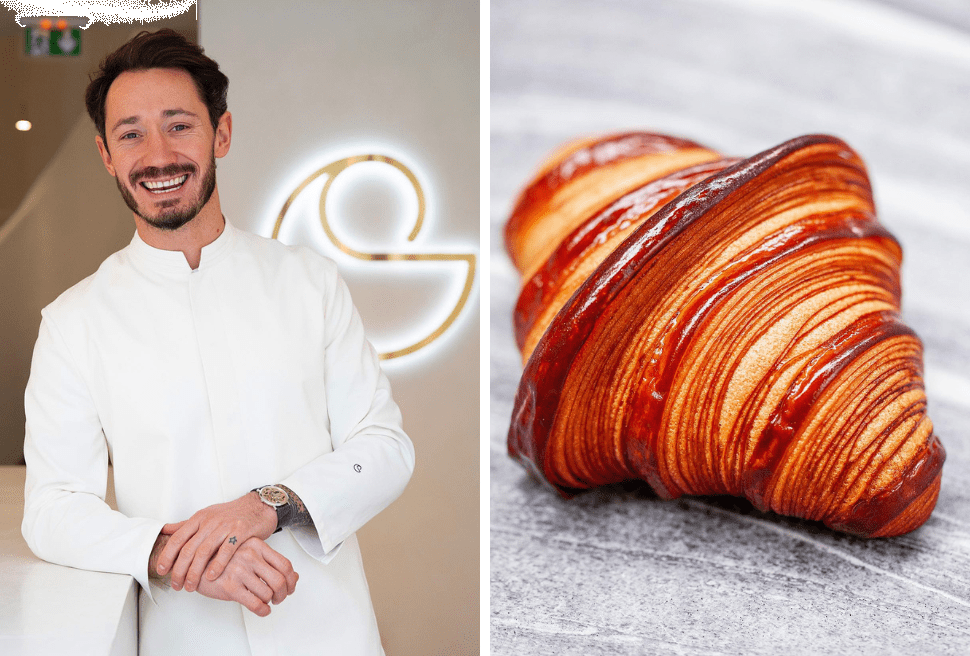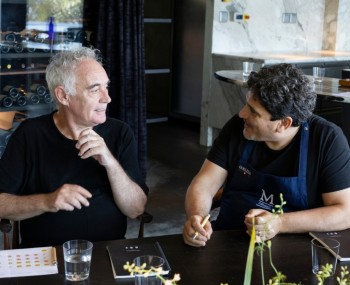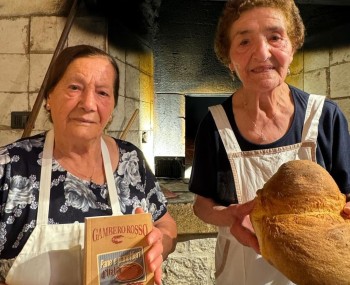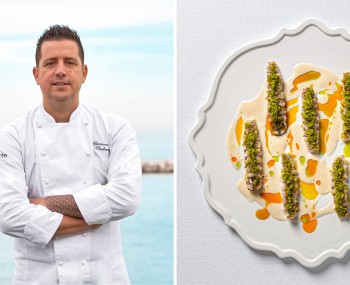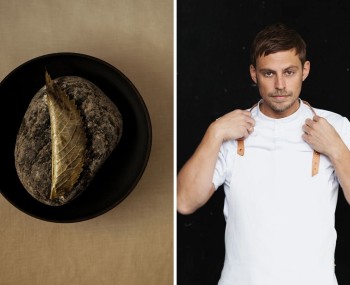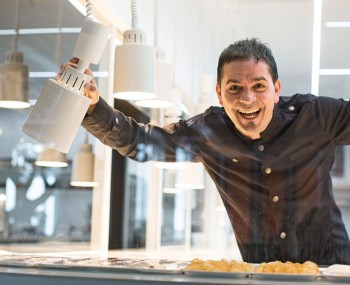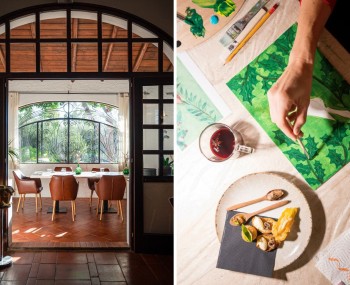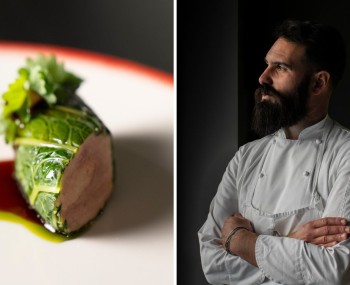There is no French pastry chef who has not felt compelled to give his opinion regarding the croissant, an icon of national breakfasts. This is the interpretation of Cédric Grolet, a young star who's fame continues to rise.
Cédric Grolet's recipe for the perfect croissant
Story
If Paris had a scent, it would be croissants in the morning: a masterpiece made of butter and tour-de-main, flooding like a river of gold even in the most infamous streets. One cannot wake up under the Eiffel Tower without sinking one's teeth into that intangible jewel. Which, however, despite appearances, is actually of Hapsburg descent, betrayed by the very name of "viennoiserie."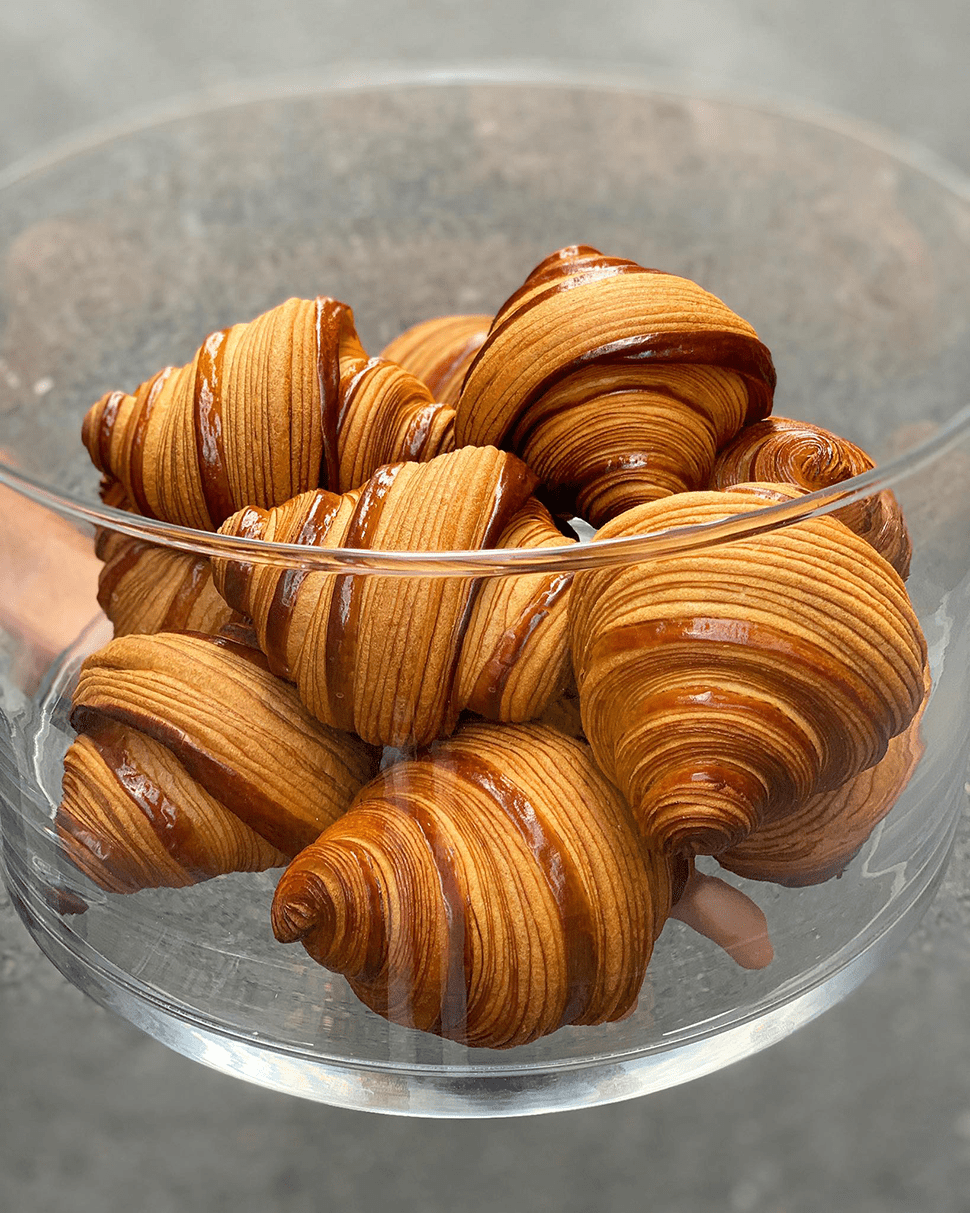 Croissant by Cédric Grolet
Croissant by Cédric Grolet
It would in fact descend from the Hörnchen, a croissant-shaped pastry created in the late 17th century to celebrate victory over the Ottomans, with clear reference to the flag. It was then Marie Antoinette who introduced it to France in the late 1700s, although the croissant joke later went down in history.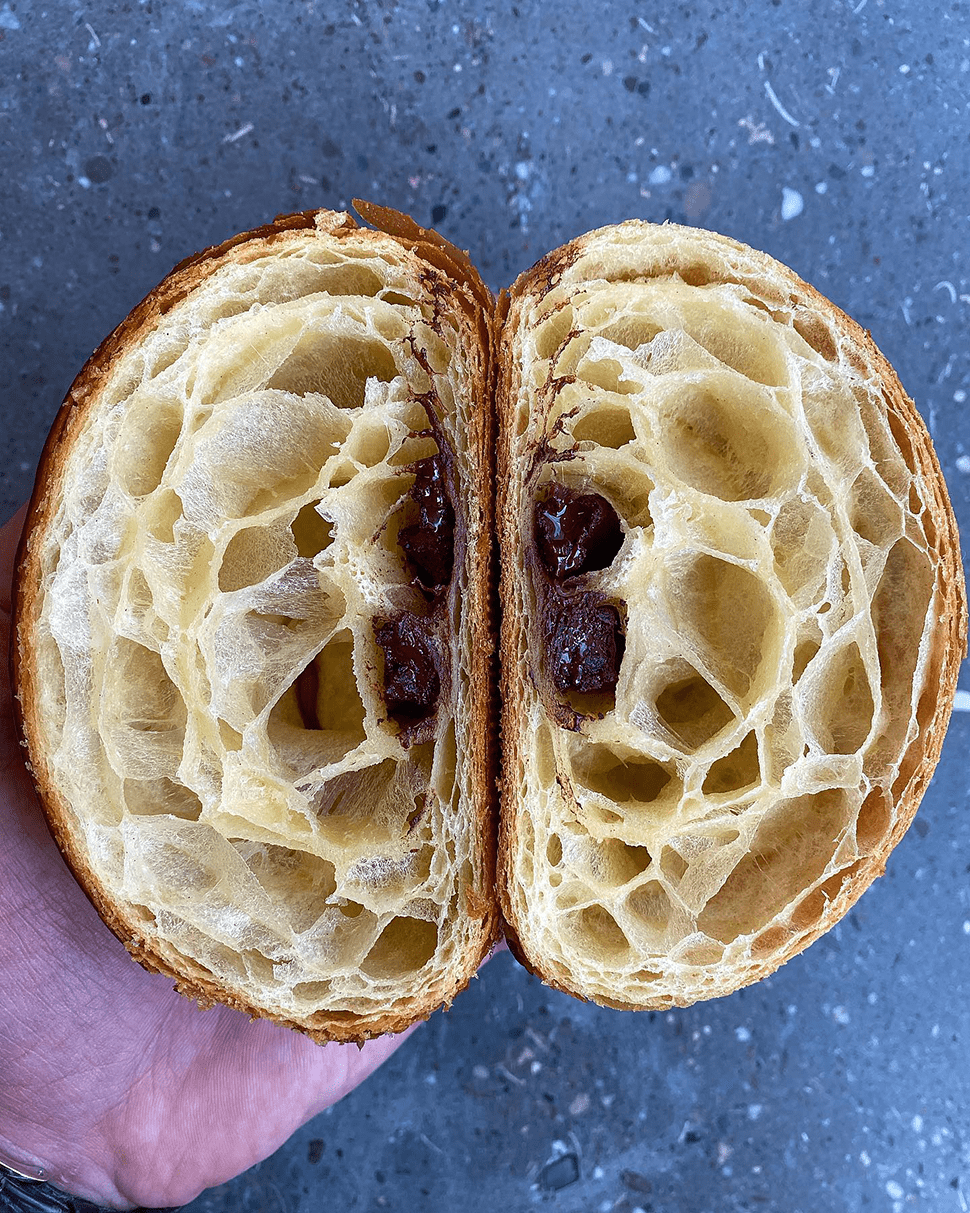 Croissant al cioccolato by Cédric Grolet
Croissant al cioccolato by Cédric Grolet
However, it was a very different product from the one we all know, prepared with a kind of short pastry and quite similar to today's Kipfel, which is also crescent-shaped. It was in France that the marriage to puff pastry took; it is now inseparable from it and it constitutes its fragrant appeal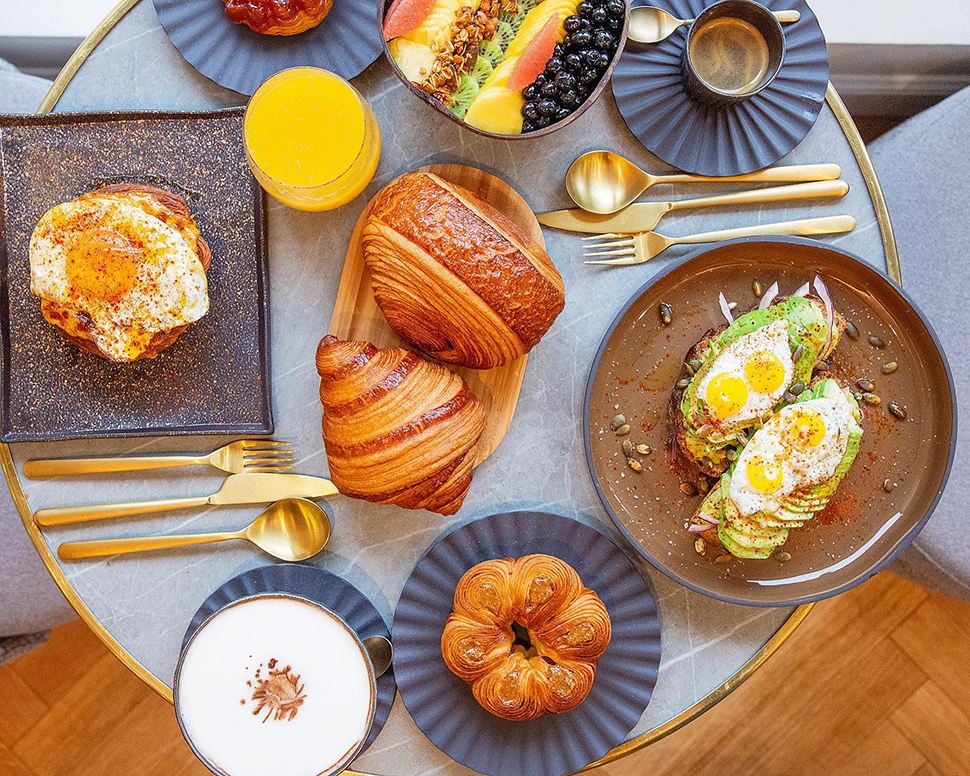 Cédric Grolet leavened pastries
Cédric Grolet leavened pastries
Pastry
Every self-respecting pastry chef in France is thus confronted with the icon: Cédrid Grolet, perhaps the hottest pastry chef of the moment beyond the Alps, is no exception.
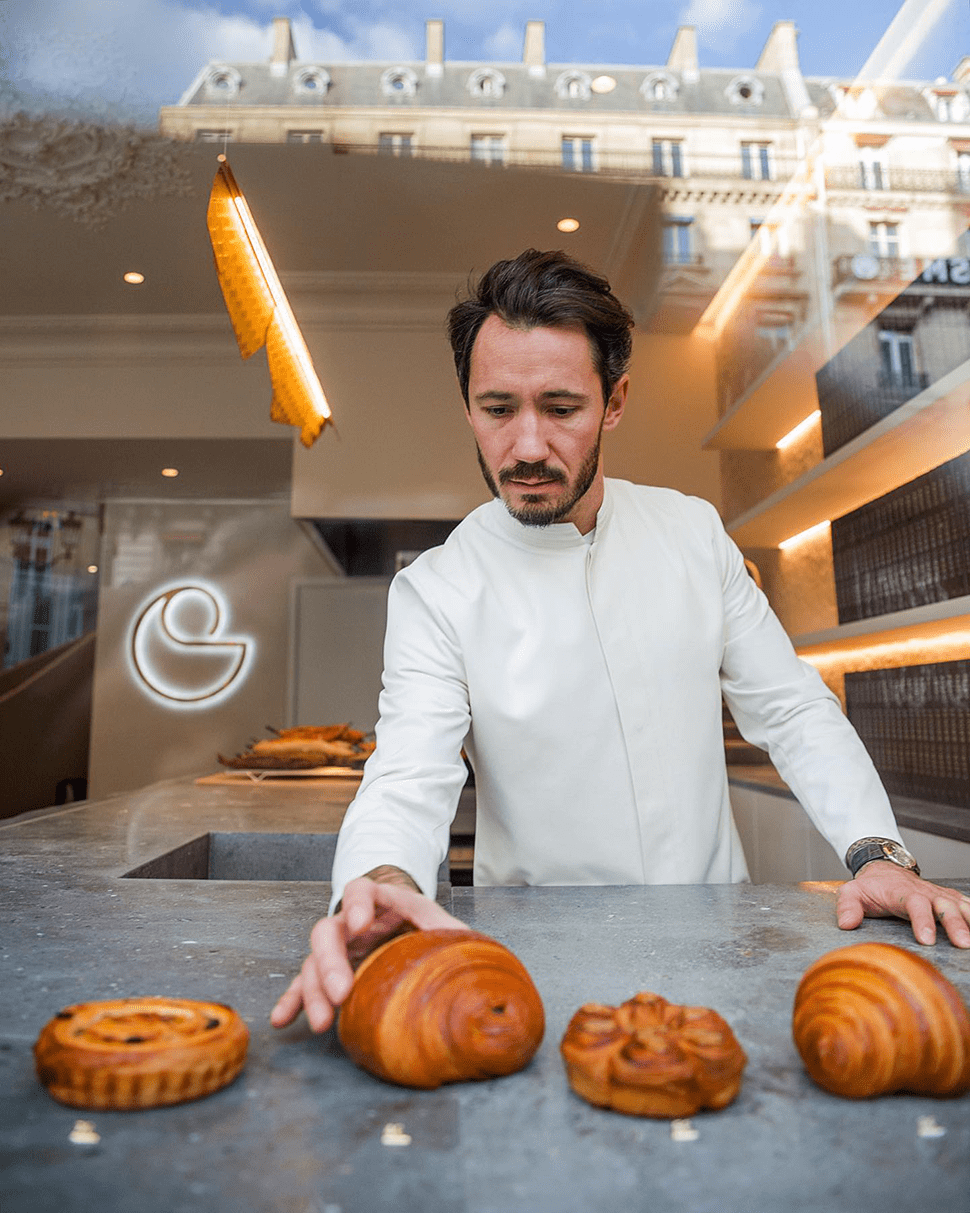
Trained by Fauchon, he then moved on to Le Meurice, and was awarded as the World's Best Pastry Chef at the 50 Best in 2018. The recipe, which also lends itself to home preparation, is from the book Opéra and is the one served in his three pastry shops, located in Paris and London. To execute it best, get dry, higher-fat butter and American heavy cream.

CROISSANT RECIPE BY CÉDRIC GROLET
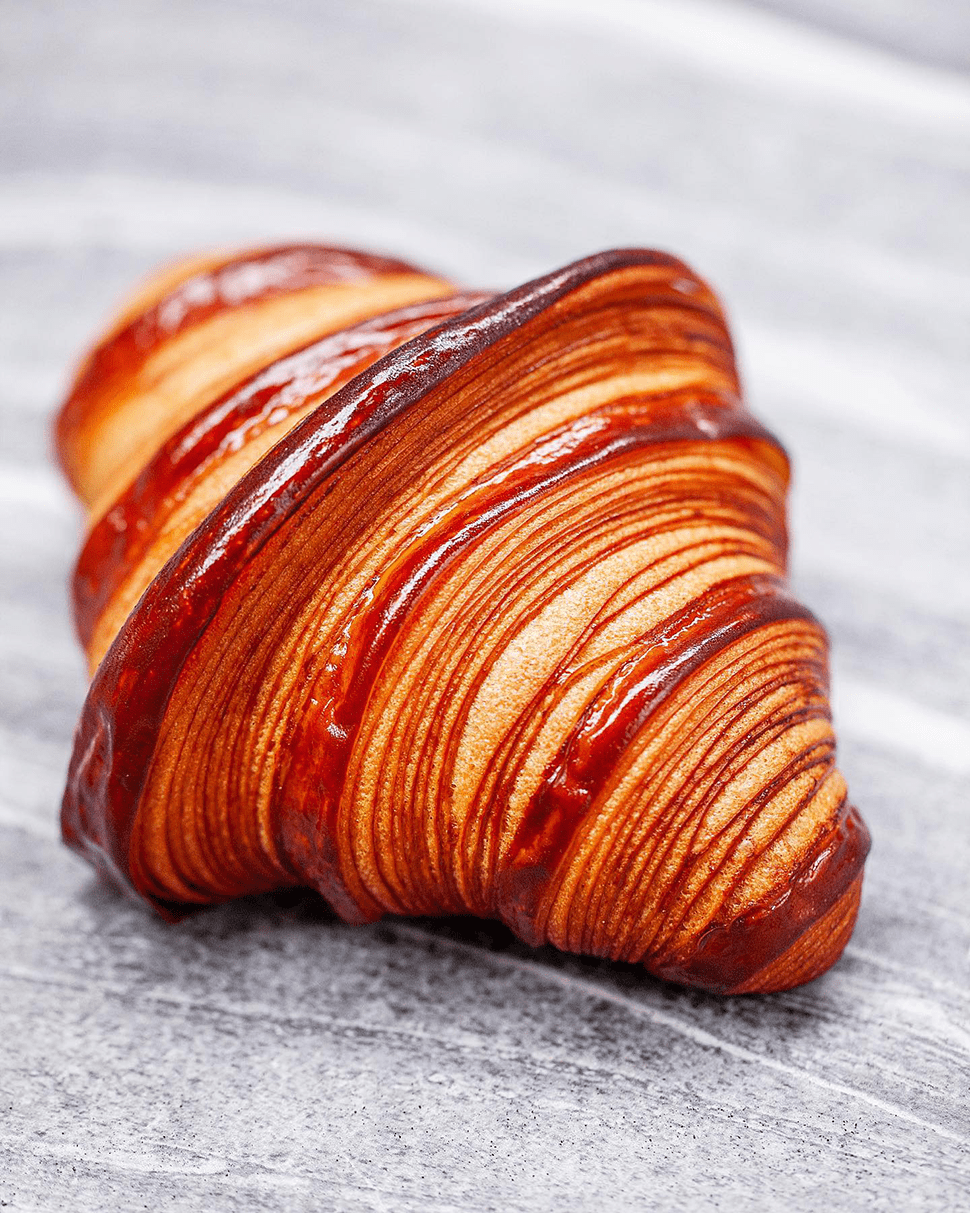
Ingredients
For the dough
- 1 kg 00 flour
- 420 g water
- 50 g eggs
- 45 g fresh yeast
- 18 g salt
- 100 g granulated sugar
- 20 g honey
- 70 g butter
- 400 g dry butter for laminating
Method
Mix the flour, water, eggs, yeast, salt, sugar and honey in a mixer with the hook attachment at medium low speed until smooth. At this point, raise the speed and knead until the dough pulls away from the sides. Add the softenedcree butter and incorporate it.
Cover with a damp cloth and let rise at room temperature (24-25 °C) for one hour.
Flatten the mass so as to expel the air, then cut out a rectangle as wide as the puffing butter and twice as long. Place in the freezer for 5 minutes and in the refrigerator for 15 minutes. Fold the ends of the dough over the butter so that they meet in a seam in the middle.
Turn the side with the butter visible in front. Make a double fold with a rolling pin: exerting movements from bottom to top, roll out to a thickness of 7 mm. Make a small mark in the middle, fold the top and bottom, then fold in half again, like a wallet. Cover with plastic wrap and place in refrigerator for 10 minutes.
Finally, give a single fold: roll out to a thickness of 1 cm, using movements from bottom to top to make a long rectangle. Fold the upper part up to one third of the dough and cover with the lower part.
Immediately roll out to a thickness of 3.5 mm, begin cutting and shaping the croissants. Cut out triangles from the 7 cm base 35 cm high, roll them up starting from the bottom. Let rise for 2 hours at 26 °C
For the glaze
- 300 g egg yolks
- 30 g heavy cream for whipping
Method
Preheat the oven to 175 °C. Mix the egg yolks and cream for glaze in a bowl. Arrange croissants on baking sheets lined with baking paper and brush with a thin layer of mixture. Bake for 15 minutes.
When the croissants are golden brown, take them out of the oven and let them cool on a wire rack.
 @richardorlinsky
@richardorlinsky
